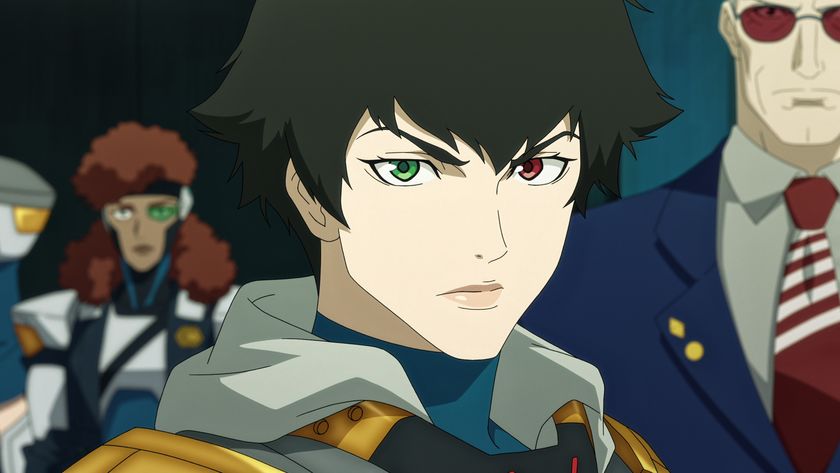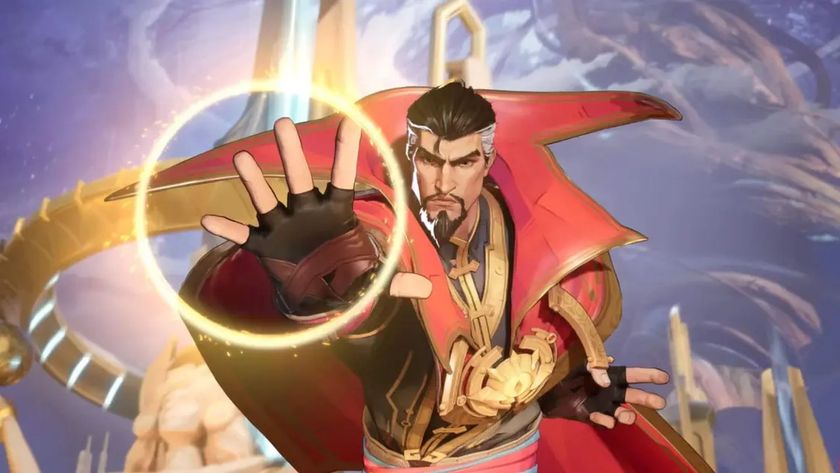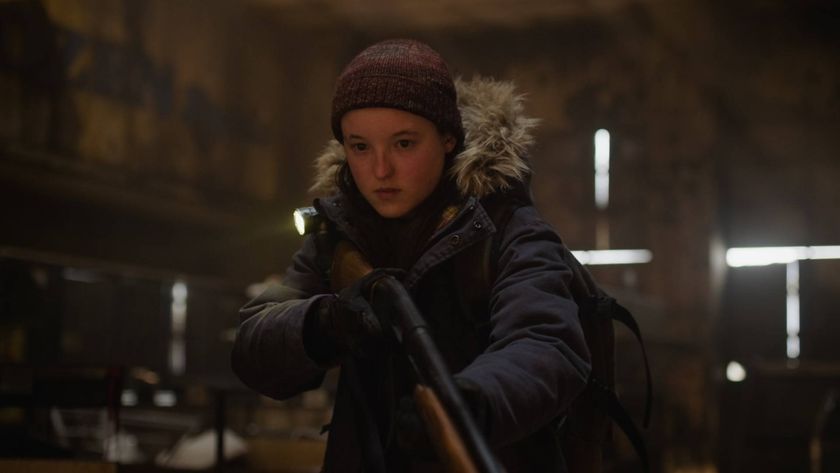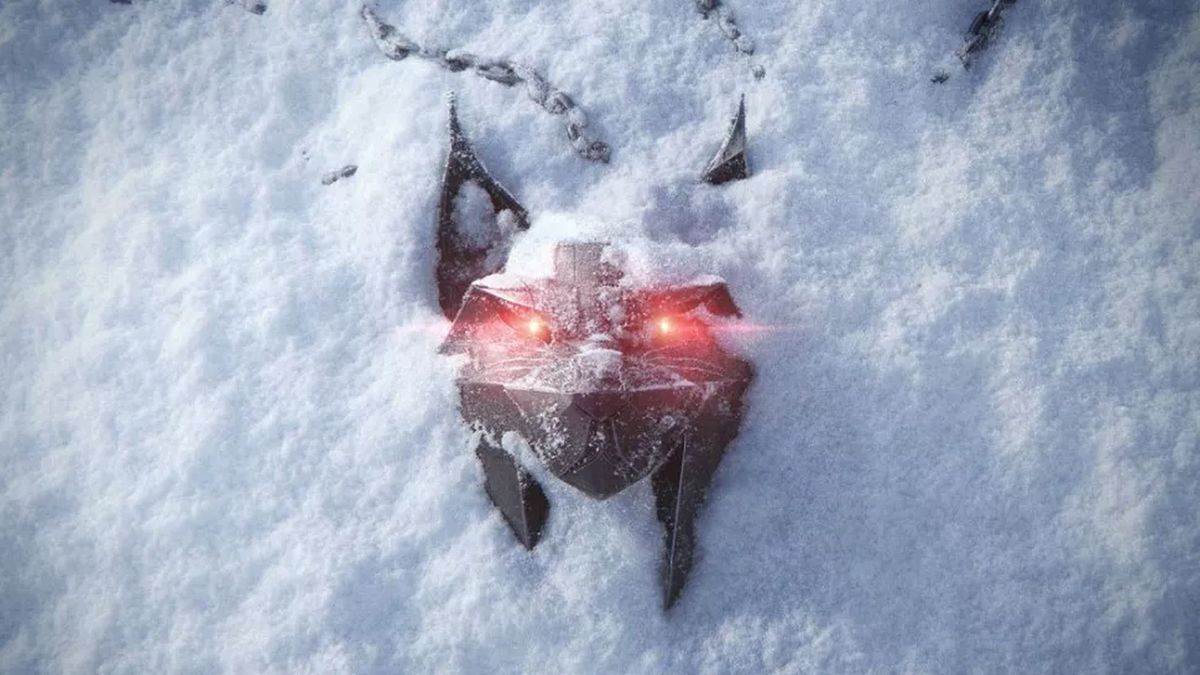
Yesterday, fans of The Witcher got more than they could possibly have dreamed of. A CDPR investment presentation – that fans thought might contain the release date for The Witcher 3 on PS5 and Xbox Series X – instead revealed information about the next decade or so of Witcher titles, including a new The Witcher trilogy following on from The Witcher 4, and two spin-offs set somewhere as yet unknown in the franchise.
All of those games were only referred to by their codenames. The Witcher 4 and its subsequent trilogy are known as The Witcher Polaris, while The Witcher Sirius is a spin-off we already knew about, from the developer of 2016 survival game, The Flame in the Flood. Finally, The Witcher Canis Majoris is another, third-party title being developed by former CDPR devs. So what, if anything, can be derived about the future of The Witcher series by taking a closer look at the latest reveal's codenames?
Bright sparks

Some of you may have noticed that all of the codenames revealed yesterday are the names of stars. Canis Majoris is a red supergiant, one of the largest and brightest stars in our night sky. Along with Sirius (better known as the Dog Star), it makes up part of the constellation Canis Major. The ancient Greeks believed that collection of stars was the mythical Laelaps, a hunting dog that never failed to capture its prey, until it was pitted against the Teumessian Fox, which could never be caught. This paradox so enraged Zeus that he eventually turned both animals to stone and cast them into the stars as constellations, where they would assist the mythical hunter Orion.
If there's one takeaway from those two codenames, it's their link to man's best friend. The Dog Star and the Great Dog (Canis Majoris' English translation) draw an obvious line to Canis Lupus, the Latin name for the 'gray wolf'. Fans of The Witcher will immediately link that to central Witcher canon. Geralt of Rivia's moniker of The White Wolf is well known, as is his connection to the School of the Wolf. CD Projekt has made clear that its next mainline Witcher games are likely to move away from Geralt as a main character, but Sirius and Canis Majoris have made no such promise, and it makes sense that two games thought to be spin-offs would lean on the series' most recognisable character. Even if Geralt doesn't return, other Wolf School alum, like Vesemir, Lambert, or Eskel, could potentially re-enter the fold.
While we don't know much about the projects beyond what we can glean from job listings and the prior work of Sirius developer The Molasses Flood, there's another interesting idea to be drawn from these star's proximity to one another. While I doubt they'll be direct sequels, their presence within the same constellation could mean that their stories intertwine – in a way that distances them distinctly from CD Projekt's other Witcher reveal.

When it comes to Polaris, we're in very different territory. Better known as the North Star, Polaris sits in the Northern hemisphere constellation of Ursa Minor – the Little Bear. Canis Major is primarily found in the skies of the southern hemisphere, and that notable departure potentially gives a lot to draw from. Geralt's departure from the role of main character was cemented with the initial teaser for The Witcher 4, which depicted a medallion thought to be inspired by a lynx, not a wolf, and thought to be tied to Ciri.
But, more than evidence of which characters we may or may not see, 'Polaris' might offer another hint as to the role that CDPR is hoping its new trilogy will play. The star's presence in the northern hemisphere distances it from the wolf-focused Sirius and Canis Majoris, but the North Star is also a hugely important navigational tool. Its near-constant presence in the night sky could be seen to speak to the history of CD Projekt Red as a whole. The Witcher RPGs have, after all, been the driving force behind its success as a studio. Perhaps it's an overly-romanticized way of thinking about the project, but maybe Project Polaris is seen internally as a guiding light for the company after a difficult few years.
Sign up to the 12DOVE Newsletter
Weekly digests, tales from the communities you love, and more
Much of this is little more than educated guesswork, and it's likely to remain that way for some time. CD Projekt has given no sense of when any of these titles – or projects Hadar and Orion – will make their way to us. Both Sirius and Polaris remain in pre-production, with the games set to follow them still many, many years further out. Perhaps by 2032 we'll know more for sure, but for some of these projects, even that's not guaranteed at this point.
If you need a refresher, here are all the upcoming CD Projekt Red games.

I'm GamesRadar's news editor, working with the team to deliver breaking news from across the industry. I started my journalistic career while getting my degree in English Literature at the University of Warwick, where I also worked as Games Editor on the student newspaper, The Boar. Since then, I've run the news sections at PCGamesN and Kotaku UK, and also regularly contributed to PC Gamer. As you might be able to tell, PC is my platform of choice, so you can regularly find me playing League of Legends or Steam's latest indie hit.
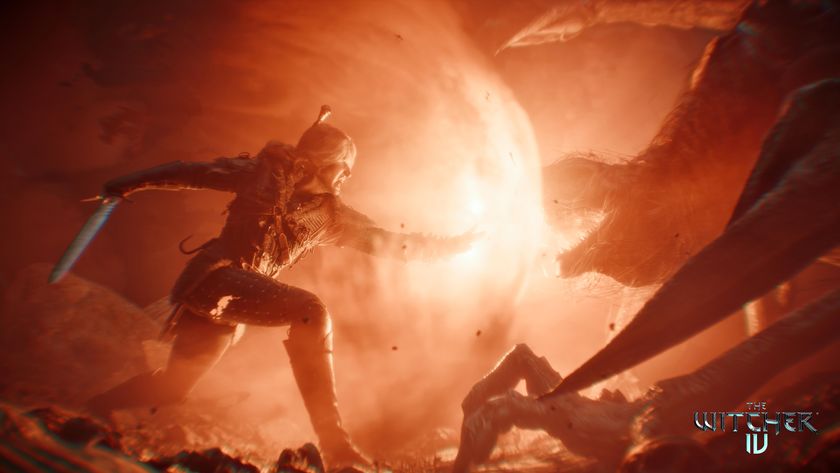
The Witcher 4 and Naughty Dog's Intergalactic are reportedly skipping 2026 and won't be ready until at least the year after

CD Projekt boss says "cutting-edge single-player games" – you know, like The Witcher 4 and Cyberpunk 2 – will "continue to enjoy great popularity" despite industry shifts




